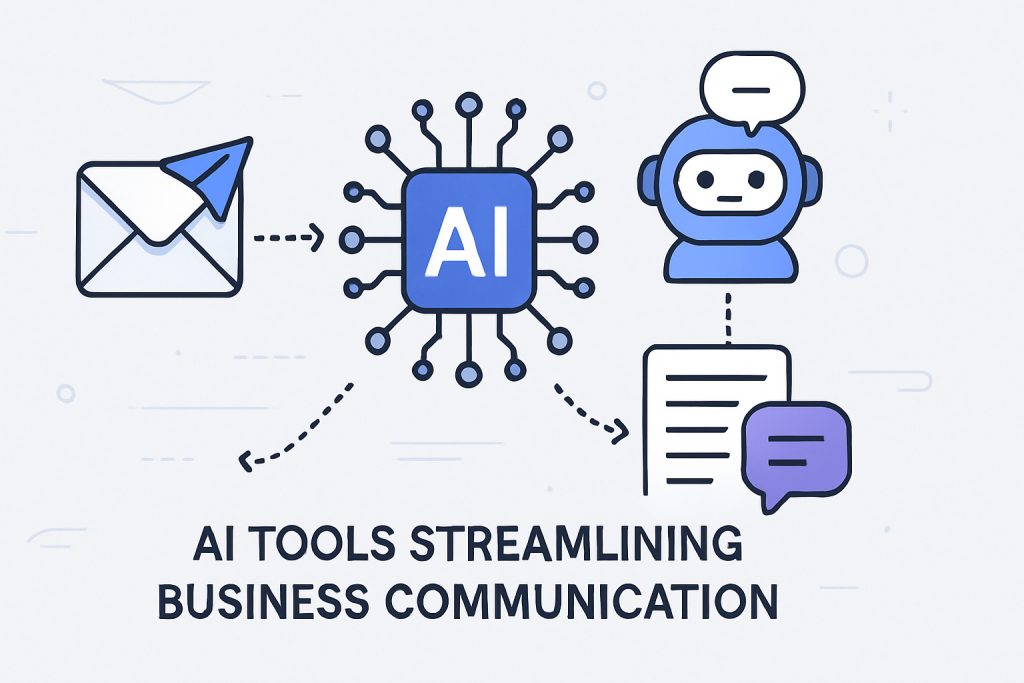Display advertising remains a powerful channel for building brand awareness, nurturing prospects, and driving conversions through strategic visual messaging. While banner ads might seem traditional compared to social media formats, sophisticated targeting and creative optimization make display campaigns essential for comprehensive digital advertising strategies. The key lies in understanding when and how to deploy display ads for maximum impact.
Understanding display advertising’s unique role
Display advertising excels at reaching users across the web through visual storytelling and strategic retargeting. Unlike search ads that capture active intent, display campaigns build awareness and maintain brand presence throughout the customer journey. When integrated thoughtfully with other channels as part of The complete guide to digital advertising strategies that drive results, display advertising reinforces messaging and guides prospects toward conversion.
The Google Display Network alone reaches over 90 percent of internet users worldwide, providing unmatched scale for awareness campaigns. This extensive reach makes display advertising invaluable for businesses looking to expand beyond search-focused strategies and create comprehensive multichannel approaches.
Strategic retargeting for higher conversions
Retargeting represents display advertising’s most effective application. By serving targeted ads to previous website visitors as they browse other sites, businesses can re-engage prospects who showed initial interest but didn’t convert immediately.
Effective retargeting segments audiences based on specific behaviors:
– Product viewers who browsed specific items without purchasing
– Cart abandoners who added products but didn’t complete checkout
– Content consumers who read blog posts or downloaded resources
– Past customers who might be interested in complementary products
Dynamic retargeting takes this further by automatically showing relevant products or services based on previous browsing behavior. E-commerce brands often see 76 percent higher conversion rates from dynamic retargeting compared to static banner ads.
Creative optimization for visual impact
Display ad performance heavily depends on visual elements that capture attention while conveying clear value propositions. High-performing display creatives typically feature:
– Bold, contrasting colors that stand out against webpage backgrounds
– Clear headlines with compelling value propositions
– Product imagery that showcases key features or benefits
– Strong calls-to-action with actionable language like “Shop Now” or “Learn More”
Video display ads generate significantly higher engagement rates, with 30-second videos achieving completion rates above 70 percent when properly targeted. Rich media formats with interactive elements also outperform static banners but require larger creative budgets.
Programmatic efficiency and targeting
Programmatic advertising has revolutionized display ad buying through real-time bidding and automated optimization. Instead of manually negotiating placements, programmatic platforms analyze audience data and bid on impressions most likely to drive conversions.
Advanced programmatic strategies include:
– Contextual targeting that places ads alongside relevant content
– Behavioral targeting based on browsing patterns and interests
– Geographic targeting for location-specific campaigns
– Device targeting optimized for mobile or desktop experiences
This automation often reduces display advertising costs by 20-30 percent while improving targeting precision and campaign performance.
Cross-device tracking and attribution
Modern display campaigns must account for users switching between smartphones, tablets, and desktop computers throughout their customer journey. Cross-device tracking ensures consistent messaging while preventing ad oversaturation across platforms.
Proper attribution modeling helps identify which display touchpoints contribute most to conversions. First-click attribution shows initial awareness drivers, while last-click attribution reveals final conversion triggers. Multi-touch attribution provides the most comprehensive view by assigning value to each interaction.
Measuring and optimizing performance
Display advertising success requires monitoring metrics beyond basic impressions and clicks:
– Viewability rates ensuring ads actually appear on screen
– Brand lift studies measuring awareness and consideration improvements
– Post-view conversions tracking users who convert after seeing but not clicking ads
– Cost per acquisition comparing display performance to other channels
Regular creative testing and audience refinement help maintain campaign effectiveness over time. A/B testing different headlines, images, and calls-to-action reveals which elements drive the strongest response rates.
Advanced display strategies for scaling
Sophisticated display campaigns leverage multiple ad formats and targeting methods simultaneously. Sequential messaging guides prospects through structured narratives from awareness to consideration to conversion. Frequency capping prevents ad fatigue while ensuring sufficient exposure for brand recall.
For businesses managing complex display campaigns across multiple platforms, specialized tools can streamline creative optimization and audience targeting. When Facebook display advertising becomes a major component of your strategy, AdEspresso review: Facebook advertising made simple offers detailed insights into platform-specific management capabilities.
Display advertising delivers optimal results when coordinated with search, social, and programmatic channels as part of a unified strategy outlined in The complete guide to digital advertising strategies that drive results.



